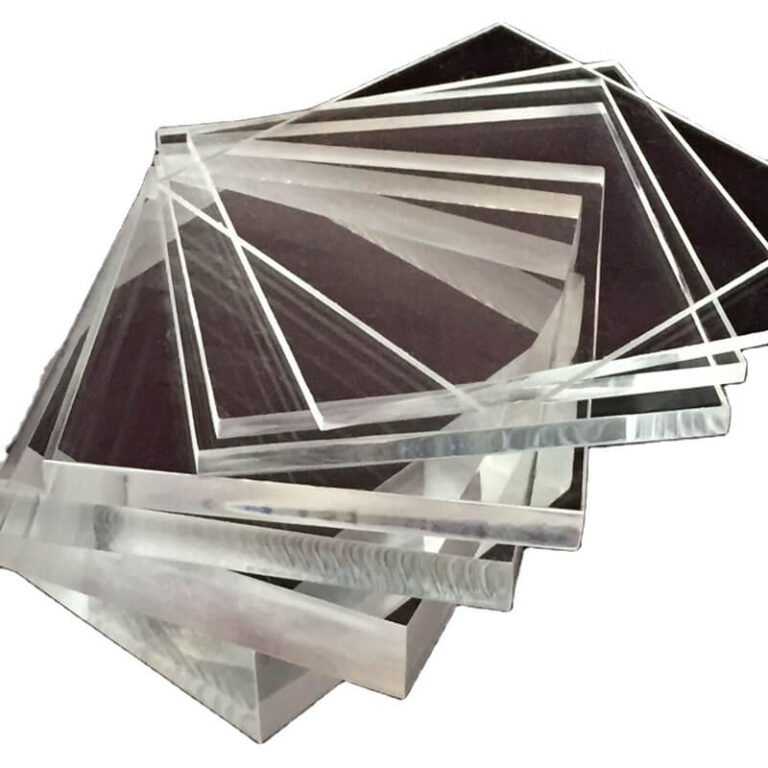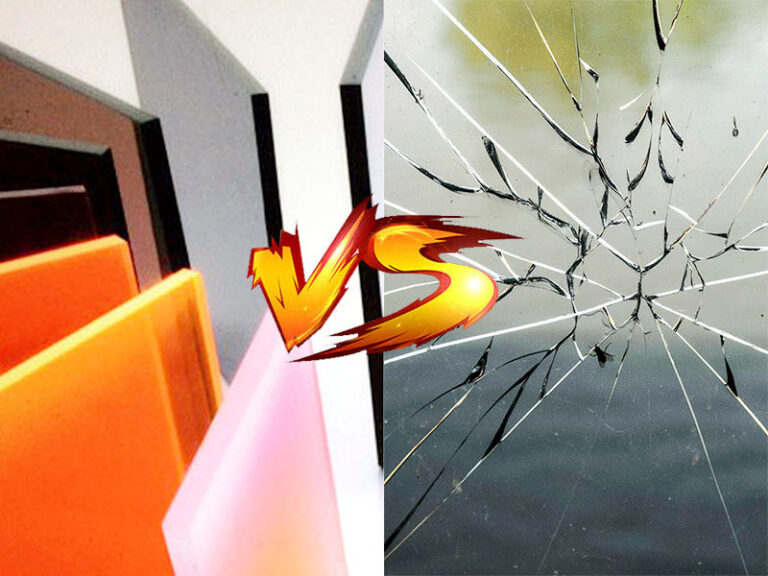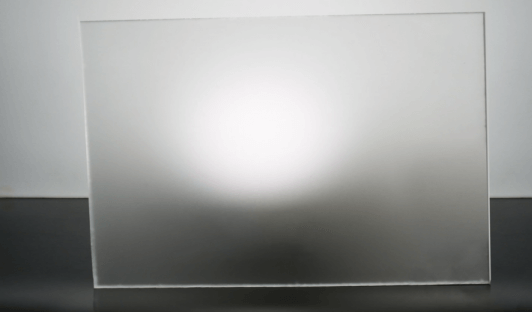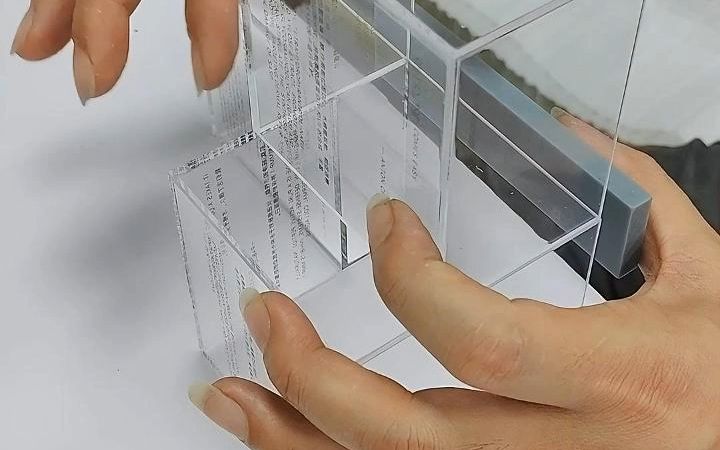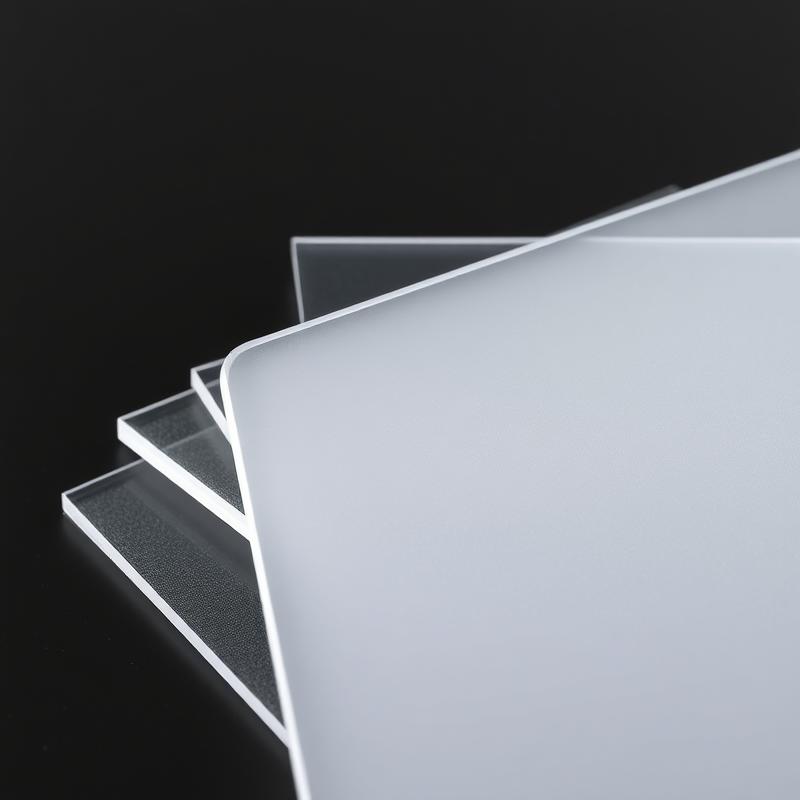-
Xinqi Development Zone, Leliu, Foshan, Guangdong
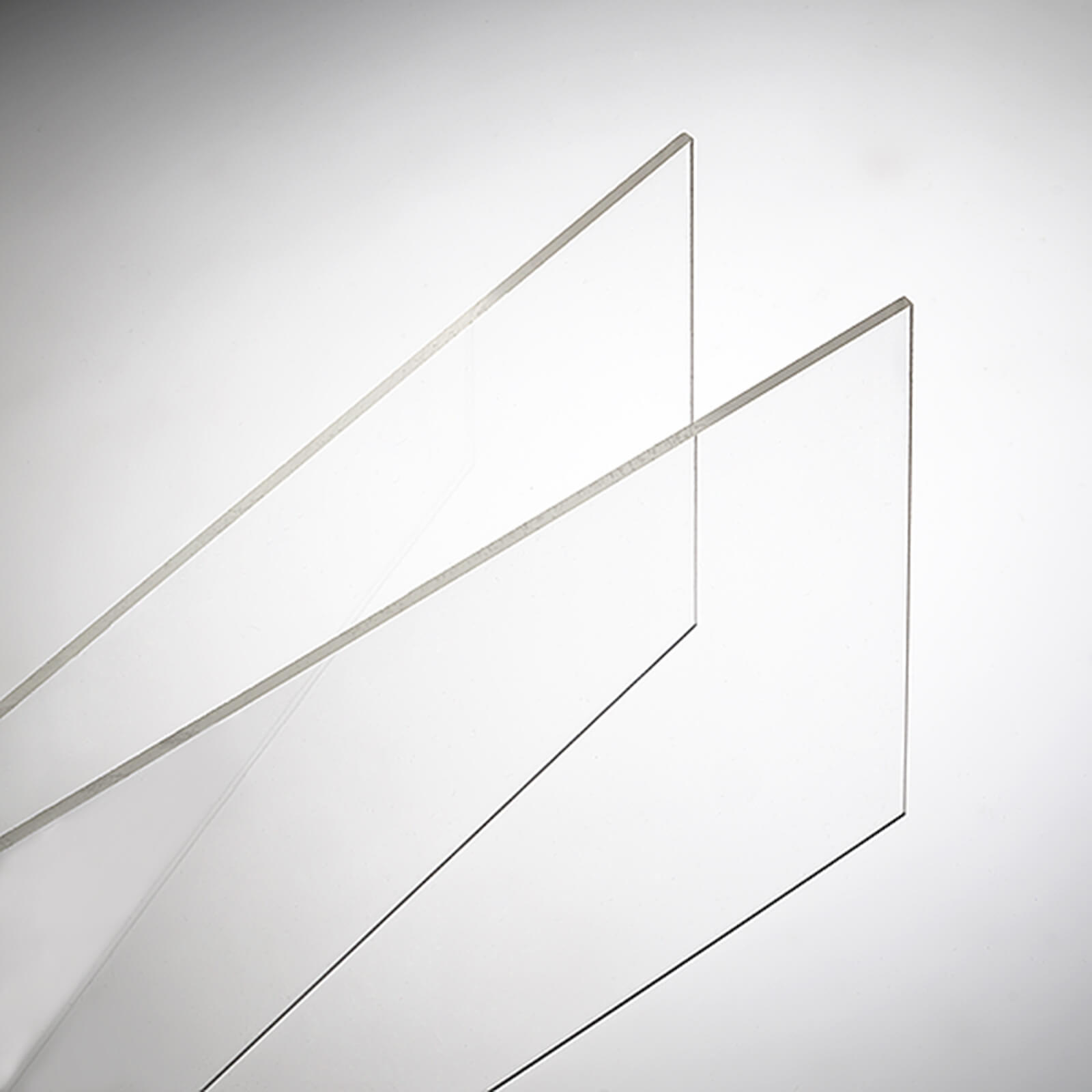
Top 6 Benefits: Why Choose High-Transmittance Acrylic?
Table of Contents
Introduction
In the pursuit of safety and aesthetics in modern construction, a revolutionary material is rapidly replacing traditional glass – high-transmittance acrylic sheet. According to the latest research by the American Chemical Society (ACS), the comprehensive performance index of this polymer material is more than 300% higher than that of ordinary glass. This article systematically analyzes the breakthrough advantages of high-transmittance acrylic sheet in six dimensions, including optical performance, safety protection, energy saving and environmental protection, through authoritative experimental data and business cases, and reveals how it redefines architectural and industrial design standards.
Core Advantage Analysis
1.Optical Performance Revolution: Creating the Ultimate Translucent Experience
Experimental data show that the high-transmittance acrylic sheet produced using the PLEXIGLAS® technology of the German Röhm Group has a transmittance of up to 92.4%, which is 12 percentage points higher than ordinary glass. This characteristic was verified in the dome project of the Louvre Abu Dhabi branch, where the acrylic sheet successfully realized the design concept of “Sunshine Museum” and increased the utilization rate of natural light to 91% .
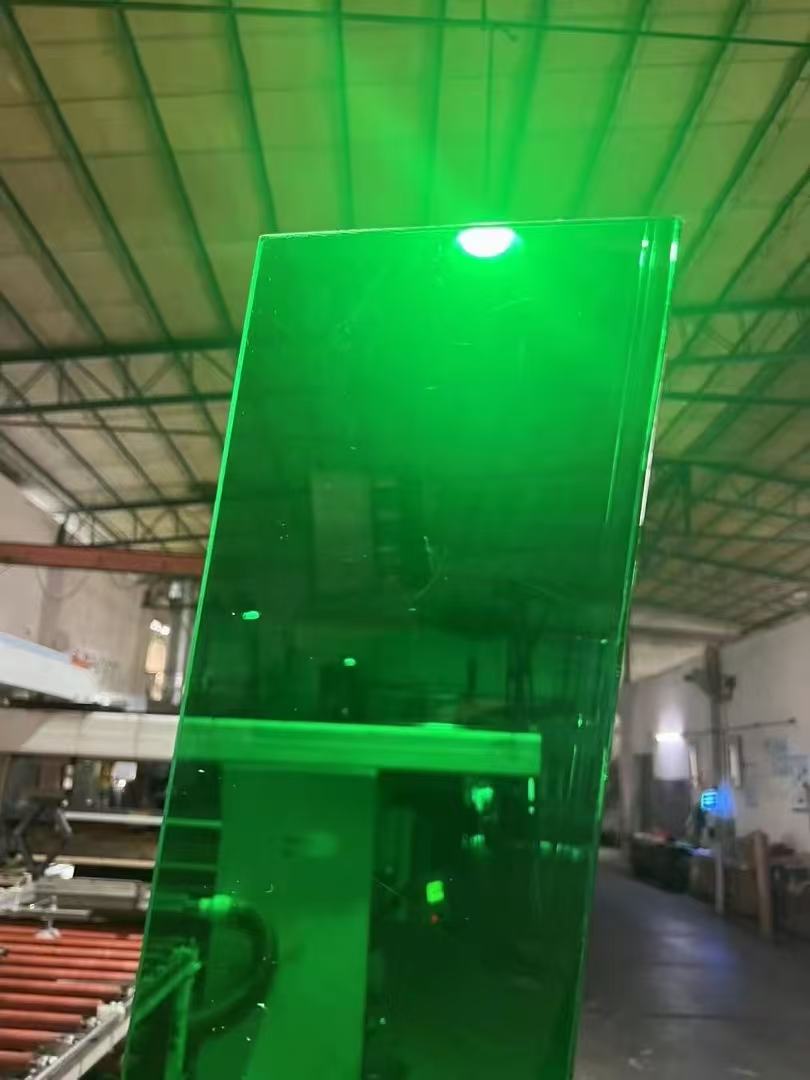
2. Light Control Master: A New Solution to Eliminate Glare
The comparative experiment of the Japan Illuminating Engineering Society (JIES) showed that acrylic material can make light diffusely reflect 270° uniformly. In the lighting renovation of the Tokyo National Museum, acrylic lampshades increased the uniformity of illumination of exhibits from 68% to 92%, while completely eliminating the glare problem caused by glass reflection . This characteristic makes it the preferred material for high-end commercial windows and museum showcases.
3. New benchmark for safety protection: 800% improvement in impact resistance
According to the ASTM D256 impact test standard, a 3mm thick acrylic sheet can withstand a 1kg steel ball 1.5m vertical impact, while the same grade of glass will break at a height of 0.8m. Statistics from Disneyland’s global projects show that after replacing the protective panels of amusement facilities with acrylic materials, the accidental breakage rate dropped by 87% and the annual maintenance cost was reduced by US$350,000.
4. Lightweight Revolution: Expert in Reducing the Load on Building Structures
Comparative tests by the Building Research Establishment (BRE) in the UK show that the weight of acrylic in the same area of panels is only 50% of that of glass. Dubai Mall used acrylic sheets in the dome project, successfully reducing the use of steel structures by 35 tons and shortening the construction period by 27 days. This characteristic makes acrylic sheets the preferred light-transmitting material for large-span building designs.
5. Extreme environment guardian: -40℃ antifreeze performance breakthrough
The severe cold test of the Norwegian Polar Institute (NPI) confirmed that the brittle crack resistance of acrylic sheet under -40℃ low temperature impact is 7 times that of glass. This feature has enabled it to be successfully applied to the observation window system of the Arctic research station, maintaining a zero damage record in extreme environments for 5 consecutive years.
6. Sustainable future: comprehensive upgrade of environmental performance
According to the Life Cycle Assessment Report of the European Plastics Association (PlasticsEurope), the energy consumption of acrylic sheet production is 42% lower than that of glass, and it can be 100% recycled. In the construction of its global flagship stores, Apple reduced the construction waste of each store by 18 tons by using acrylic curtain wall systems.
Authoritative data support
- American Society for Testing and Materials (ASTM) certification: acrylic sheet weather resistance reaches 10,000 hours of ultraviolet radiation without yellowing
- China Academy of Building Research test report: The thermal conductivity of acrylic sheet is only 1/5 of that of glass, and the energy saving efficiency is increased by 25%
- German TÜV certification: The precipitation of heavy metals in food-grade acrylic sheet is less than 0.01ppm, reaching the safety standard for infant products
FAQs of High-transmittance Acrylic Sheets
How is the safety of acrylic sheet reflected?
A 3mm thick acrylic sheet can withstand the impact of a 1kg steel ball at 1.5 meters (ASTM D256 standard), while glass will break at 0.8 meters. The Disneyland case shows that the breakage rate has dropped by 87%
What is the practical value of acrylic sheet lightweighting for construction?
The Dubai Mall dome project reduced 35 tons of steel structure and shortened the construction period by 27 days due to the use of acrylic sheet
Does it support customized design?
Yes, the surface, thickness, color, etc. can be customized according to needs. For specific solutions, please consult Sanyu Acrylic
Is the maintenance cost lower?
Yes, strong impact resistance greatly reduces accidental damage. In the Disney case, the annual maintenance cost was reduced by 350,000 US dollars.
Conclusion
Driven by the dual forces of architectural innovation and Industry 4.0, high-transmittance acrylic sheet is reshaping the modern material application paradigm with its six core advantages. From the art dome of the Louvre to the observation window of the Arctic research station, from the curved curtain wall of the Apple flagship store to the safety barrier of Disneyland, this cross-era material continues to prove its irreplaceable value. With the continuous breakthrough of manufacturing technology, the application boundaries of acrylic sheet are extending to cutting-edge fields such as aerospace and biomedicine, opening a new era of light-transmitting materials.

